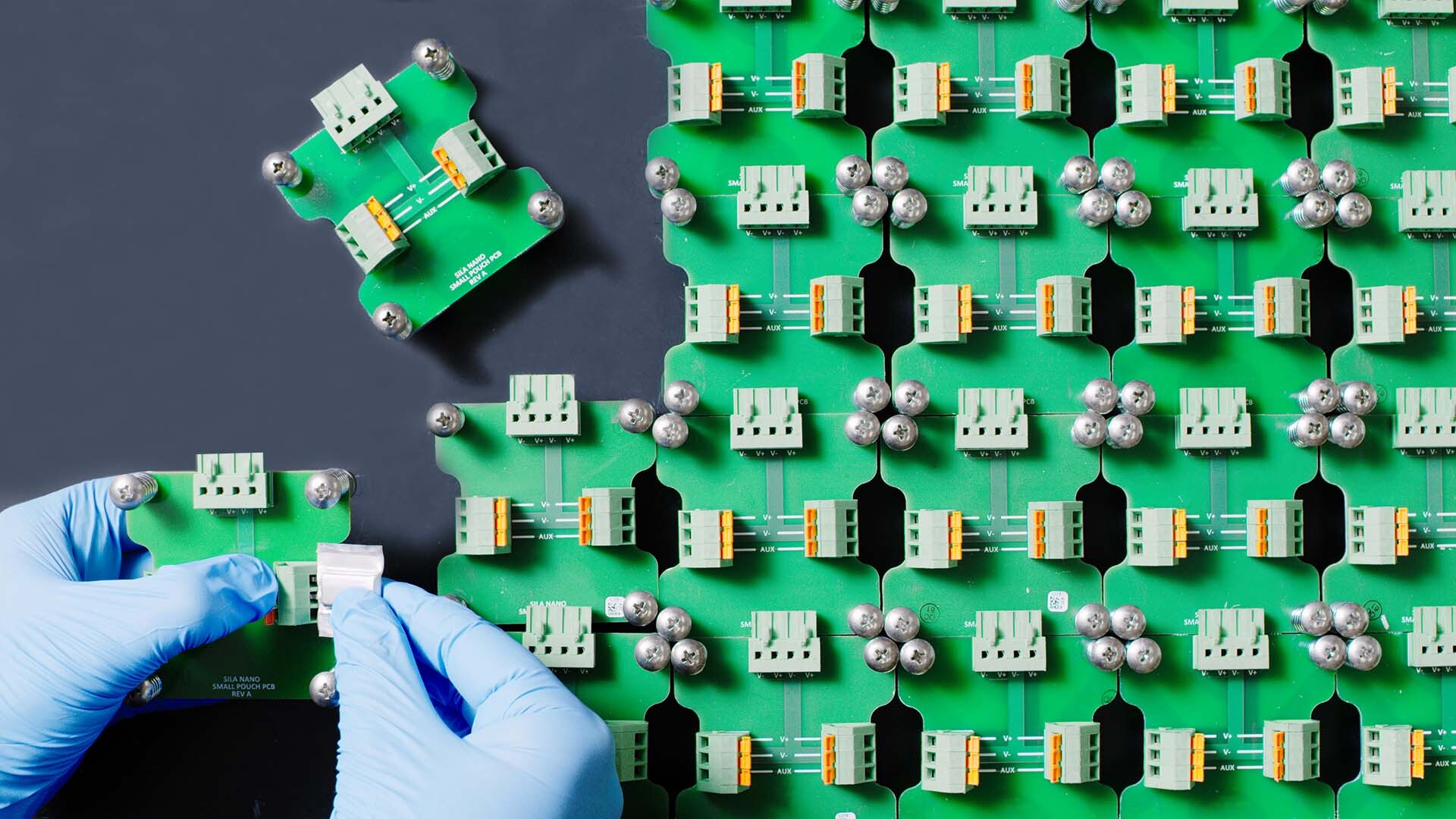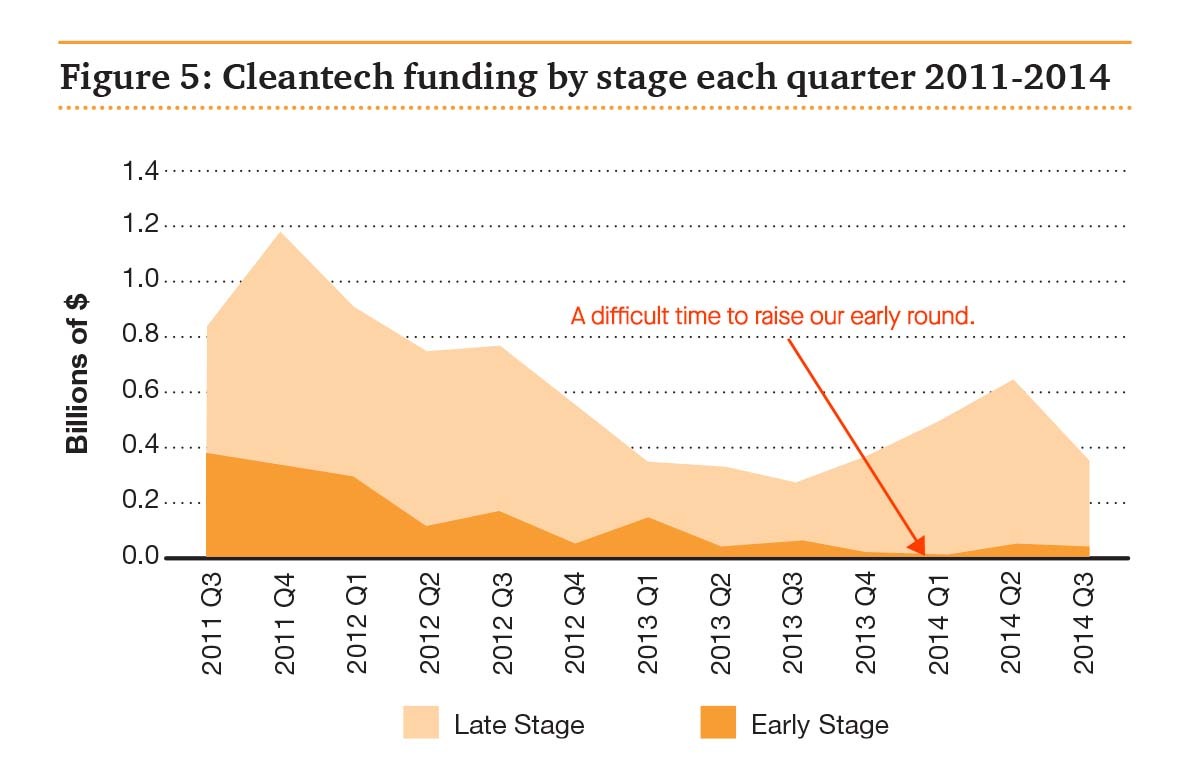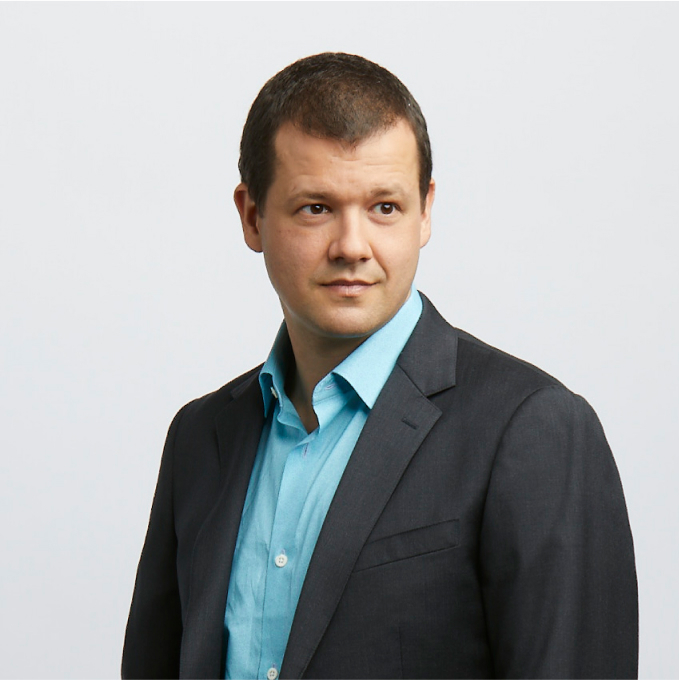How we built this and what I learned

Lessons learned about finding partners, building relationships with investors, and other observations, from a deep tech startup aiming to revolutionize energy storage.
Reflecting on the first 10 years of Sila, much has happened — from developing breakthrough chemistry for lithium-ion batteries to launching our first product in the market, and scaling lab R&D to multiple lines of production. But even with those accomplishments, I feel like we’re still at the beginning of an epic journey. We’ve come far, but there is still dramatically more to conquer. And we will. But as a team, we’ve learned a few lessons in these early stages of revolutionizing energy storage. Some lessons were hard earned, others we stumbled into with a bit of luck. And if these nuggets can help other deep tech startups or innovators on their journey, then this is well worth sharing.
Lesson #1: Find brilliant people who are all in (for the right reasons).
Energy has been my passion since college, and thanks to a lot of tenacity and a bit of luck, I’ve had quite the career in this field. From my early days at Stanford where I built and raced solar cars with a team of other students, to my time at Tesla where I learned how a company is built and helped take a new battery innovation from concept to market, I’m fortunate to have been surrounded by some of the most intelligent and passionate people in the industry.
I’ve also experienced the other side of the battery world, where pressure and ambition lead people to compromise their ethics, and use sound bites and iffy data as a stepping stone to a quick payday.
For Sila, Alex and I were immensely lucky to have found our co-founder Gleb Yushin. Beyond being a brilliant scientist, Gleb also has the mind of an entrepreneur, which is novel for an academic. He understands that breakthroughs in the lab are nice, but to make an impact, those breakthroughs need to work under real world conditions, and at scale. (It’s much easier to disregard things like commodity materials, a finicky supply chain, and the intricacies of mass manufacturing if the goal is to just publish in a top scientific journal.)
With the intellectual horsepower Gleb brings to the table, he could have demanded more, offered less of his time, and used Sila as a platform for his own personal gain. But he didn’t. He was all in, and just as dedicated to energy transformation and building something lasting. His talent and passion also attracted an incredible number of other world-class scientists and engineers to the early team, all with the same motivation. This spirit of excellence and focus on purpose allowed us to build what I firmly believe is the best team in the business.
Sometimes we choose our partners. Sometimes they choose us. I’d like to think a little bit of both happened here. And in the end, the right team is what’s making all of the difference at Sila.
Lesson #2: Find VCs that follow their instincts, not the herd.
Pitching is a grind, and the early 2010’s were especially brutal for hard tech and energy. (Thanks, Solyndra!) In fact, we may have been the only energy startup to receive early stage funding in Q1’2014.

At the time, the big bucks were made with consumer apps and, as red-blooded capitalists, VCs were drawn to the possibility of massive returns, not dreams of saving the planet. Our then theoretical breakthrough with a four-year timeline to market (we were way off on that) didn’t look similar to apps. Our ideal investors would need to have the vision to buy into a larger purpose, and not just seek out the largest, fastest profit.
However, despite talk about being “contrarian,” in reality, most VCs follow the herd. Many believe if you invest in what other smart people are investing in around you, you’re less likely to lose money. Thing is, you’re also less likely to produce outsized returns thanks to the competition. The absolute best VCs, however, think for themselves and often see bets that everyone else dismisses. Of course betting against the trend can also be a great way to lose money.
The best VCs aren't just contrarian — they’re contrarian and right.
Understanding these dynamics meant we needed to be strategic about who we pitched and find investors willing to think independently and with conviction over a long-term horizon. We needed VCs who could see the big financial opportunity with science-led innovations in energy that everyone else didn’t think was possible post-Solyndra. It felt like a needle in the haystack. Luckily the vision, passion, and commitment of our team helped attract a few great independent-thinking investors: Mike Speiser, Andy Verhalen, and Byron Deeter. The three of them cared just as deeply about the cause of energy transformation as they did about financial returns, and that’s exactly what we needed.
Lesson #3: Be willing to take two steps back, while also investing in foundational tools.
It may sound counterintuitive, but sometimes taking a few steps back is the best answer to finding a way forward. To this end, we made gathering extremely high quality data and failing fast two cornerstones of our scientific process.
To do high quality science, you have to build high quality (and often expensive) tools and systems. This shortens your cash runway and may not seem worth it early on. You might think, “just a few more iterations with the current tools, and we’ll get there.” But this approach leads to diminishing insights and stalled progress. If the breakthrough isn’t coming, you often have to take a full two steps back, rebuild the systems and approaches entirely, and take a different path in order to get to the breakthrough. This can be scary and is always time (and runway) consuming.
Once you have robust systems and the right approaches, you still have to be ready to fail. A lot. Failures can propel you to be better, if you don’t handle them too emotionally. Learn what you can from them and then move on, taking in each new day as another opportunity for greatness. Or, find the humor in them — using it as fuel to boost morale and further build camaraderie.
Everyone may have their own way of handling the stop and start of a long discovery phase, but if you’re not willing to fail, and sometimes take huge steps backwards in order to get on a much better path forward, you’re going to find yourself well short of your goals in hard tech.
Lesson #4: With investors, credibility is your most valuable asset.
We’re back to investors for this one because this relationship is often underrated.
We got extremely lucky with our investors. It wasn’t just that they believed in the vision for a new energy storage era, which they did, but they also didn’t take advantage of us when it came to our partnership, which they could have. (Remember, energy was a tough sell in 2011.)
10 years later, we’ve maintained our mutual trust through transparency. In some industries like software, product development success metrics are clear to both entrepreneur and investor — daily users, engagement, weekly sign-ups, etc. But in hard tech, like batteries, a few key metrics that sound good can be wildly misleading. Most investors aren’t scientists or engineers — and even those that are, can’t be as technically immersed as the entrepreneurs they bet on. They rely on us to know our field best.
There are a lot of ways battery people can fool investors. Data can be made to tell a story that, frankly, isn’t true.
In a battery, there are ~100 metrics that all have to be good enough for the new tech to successfully reach the market. So transparency was and is a big part of our investor relationships (and how we engage the public).
Thinking back on some of our old investor meetings — our numbers weren’t always good. Sure, sometimes we made progress or uncovered an unforeseen issue that would eventually lead to a better solution, but we definitely weren’t popping champagne every meeting. Instead of saying to investors “trust us, we’ll solve it by the next board meeting”, we showed our work. We educated them on the process, the problems, and our solutions every time. Our goal wasn’t to fool someone into giving us another million in funding, we (like our investors) were focused on solving a very real problem. We knew the solution would come. So they knew the value would as well.
This mutual trust helped to maintain our team’s credibility even when things weren’t working, which paved a way to our continued progress.
Lesson #5: Find people with superpowers and allow them to fail.
Superhero movies are a great analogy for the power of diversity of people, perspective, expertise, and ability. I like the idea that inside all of us is a talent, or superpower, that can be harnessed for greatness. And that together we can build incredible things — even help save the planet. At Sila, we’ve built our teams around this concept.
Instead of heavying up on generalists, our teams are made up of people with superpowers — a deep understanding of their chosen fields. Although we apply this philosophy across all roles from Sales to Manufacturing, the example in our technical teams is easiest to see. Our technical teams have chemists, physicists, and mathematicians as well as materials, mechanical, electrical, software, and civil engineers in somewhat equal proportions. And they hail from diverse industries like solar, big oil (I love convincing fossil fuel folks to switch teams), semiconductors, and automotive, just to name a few. If you’re exceptional in any field, there’s almost certainly a spot for you at Sila.
We’ve found that pairing a handful of deep scientists with a couple craftsman engineers gets you to scientifically-sound, creative solutions faster than a department of well-rounded generalists.
Another thing you need to do when you have a team of people with superpowers is allow them to experiment and sometimes fail.
Every day we come to work to solve one of the biggest problems of our time. And to pull it off, we’re doing things that have never been done before. Failure is a part of reaching success. It means we’re trying something new. As long as we learn from our failures, we move forward.
Building our teams in this way has served us well. We’ve recruited some of the best established and emerging experts across industries. They don’t have to work at Sila. They choose to. Because we feed their curiosity as experts, nurture their internal drive for excellence, and fill their desire to impact something larger than themselves. And that is something I’m most proud of.
Bonus Lesson: Iterate fast until you crack the code, then scale in deliberate, big steps.
This bonus lesson is most applicable for deep tech entrepreneurs, who are building physically scalable technologies. If that’s you, read on.
In developing a science-based product, we found that there are two primary phases, discovery and scaling, and they each require a distinct approach for success. In discovery, the goal is to figure out the scientific puzzle, for example, finding the recipe for the world's best next generation anode. This phase requires fast, and highly accurate iteration (in our case about 50k iterations.)
However, this same approach of speed and iteration should not be taken when it comes to physically scaling the product. Scaling has to be a deliberate and slower process. Investing more time up front in the new system design will save you 2-3X the time on the back end. It’s much easier to fix a mistake in CAD, than in your already built $5M & 10,000-liter reactor. The slower design timeline can be offset by taking bigger steps, which will ultimately lead you to bigger market gains. When it comes to designing scaled production systems, going slower can be faster, or as I say now — take fewer, bigger steps.
I hope that these lessons either validate the hurdles you’ve had to overcome or help you accelerate your innovation journey. We need more entrepreneurs in the world to help solve our energy crisis and other big challenges. So keep fighting the hard fight as you pave your own path to success. Let’s get to a sustainable future together.
